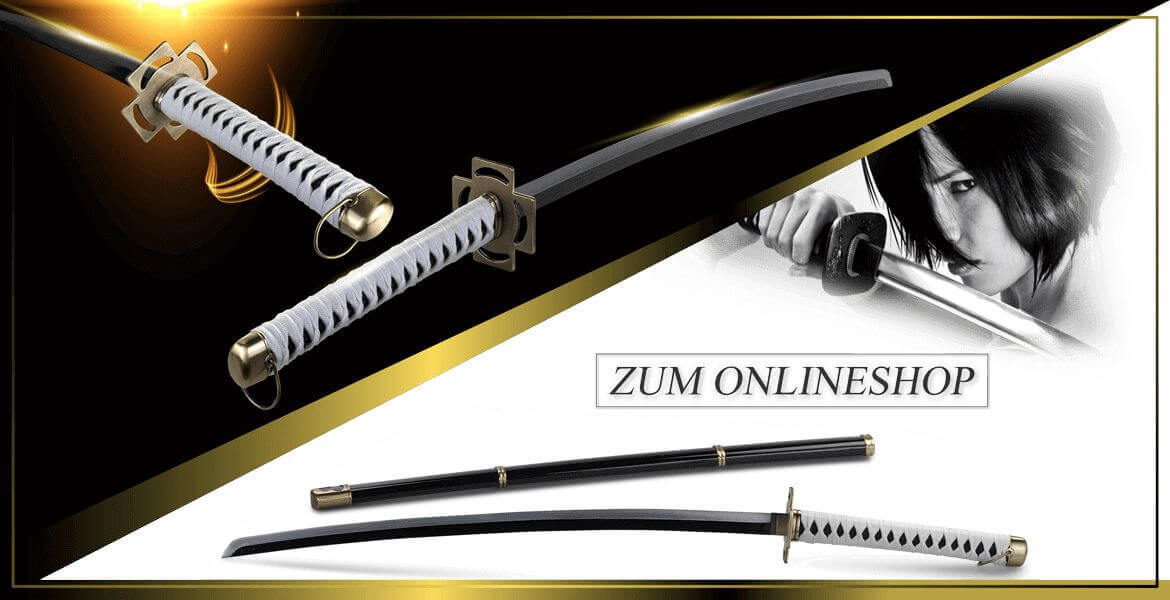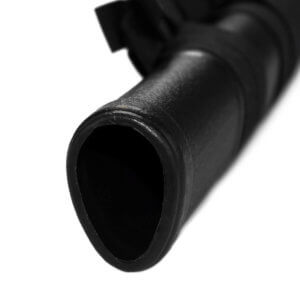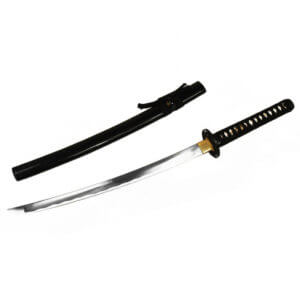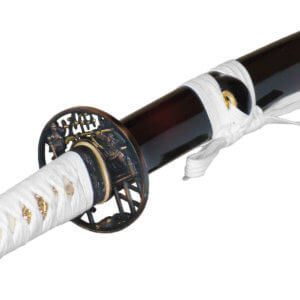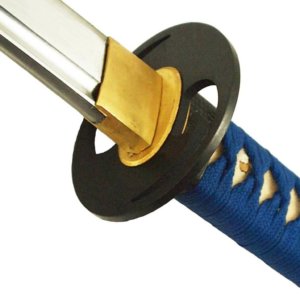Samurai training - centuries-old tradition
Would you like to start samurai training? Or have you been training for some time and are wondering where this sport or martial art comes from? Here you can find out all about the long tradition and how samurai training works today.
Historians assume that there was a Japanese army with compulsory military service as early as the 6th century, which was later converted into an army of volunteers. Samurai training has a centuries-old tradition in Japan. Originally, the samurai were not a group of elite fighters affiliated with the nobility. A speciality of the samurai fighters was that they remained loyal to their masters and their families even after death. Since the 16th or 17th century, the warriors were referred to as samurai, before that they were known as saburai.
Today, the term samurai has become more established in the western world, whereas in Japan the term buke or bushi is used. Samurai training is also called something else there. Since the 19th century, the military significance of the warriors has declined. Nevertheless, training is still very important in the culture of many Japanese today. Traditional training not only influences martial arts, but also the everyday life of many Japanese. Several aspects of the samurai are incorporated into the culture, especially in business life.
Samurai training - how the training went
The traditional training to become a samurai fighter took several years. Samurai training began at an early age. The hard training for the children was usually carried out by their own father. The training was not completed until the age of 19 or 20. Even if the training was then completed, the samurai training was not finished. This is because a samurai continued to learn throughout his entire life, so the special exercises took place on an ongoing basis.
As fighters, the samurai naturally also possessed various weapons. Today, the samurai are known for close combat, but up until the 16th century, a bow was part of a samurai's standard equipment. In addition, short and long swords were among the samurai's favourite weapons. One of the best-known weapons is the katana sword. The katana sword was only used by trained samurai, i.e. merchants or farmers were not allowed to train with a katana. Samurai training involved practising the use of the various weapons. After samurai training, the appropriate Centreboard care an important part of a samurai's life.
To minimise the risk of injury during samurai training, the following are frequently used Training swords made of wood. These can be seen in some films, such as Last Samurai. Samurai training was carried out both alone and against each other in duels. The use of weapons was not practised in every martial arts lesson. Fighting styles without weapons were also taught in samurai training.
Samurai training - the same today as it was back then
Classic samurai training can still be practised today. Some fighting styles have been modified somewhat over the course of time, but this training still includes a lot of content from the time of the samurai. The martial arts that can be practised today include Iaido, Kendo, Mugai Ryu, Tenshin Shoden Katori Shinto Ryu and many more.
Samurai training can be learnt today in various martial arts schools. Some of the schools in Japan were founded by former samurai. You can also learn the various martial arts in Germany. Compared to back then, however, today Plastic swords as these are more durable than the wooden training swords. To transport the sword safely between home and martial arts school, there are various Sword pouches.


